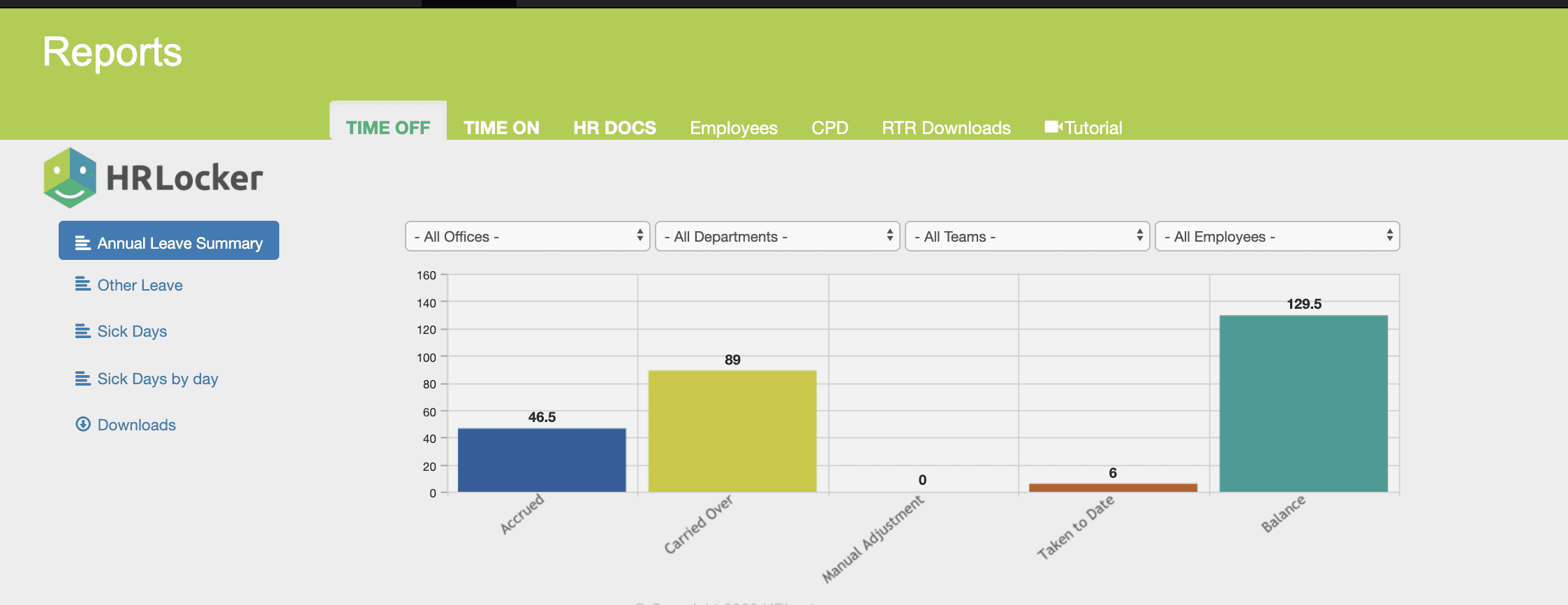

The project manager has overall responsibility for the success of the particular project. Members of a particular project team are drawn from the functional departments and are placed under the direction of the project manager.

Matrix organisation is a two dimensional structure, a combination of pure project structure and the traditional functional departments. It seeks to optimise the utilisation of resources. It offers operational freedom and flexibility.ī. The matrix organisation can be evaluated in terms of the following merits and demerits:Ī. Much before this happens, it is advisable that the top management appoints a general manager (Projects) for coordinating the project managers and the functional managers to settle the differences, if any. This may lead to inertia and lack of motivation also. Working with two taskmasters may, at times, result in suffocating, disgusting, and frustrating experience. Otherwise, the workers suffer from the overlapping and conflicting authority and responsibility. In other words, the authority and responsibility relationships, in case of matrix organisation, need precise definition. However, as long as the managers are aware of their roles, things go well. One of the shortcomings of matrix organisation is that it does not observe the principle of ‘one employee, one superior’. The process of monitoring and controlling the work groups is easier since the workers are under the charge of one project manager from the beginning to the end. When the project is completed, they return to their functional departments. The figure reveals that both the functional manager and the project manager exercise authority over those working in the matrix unit. Additionally, there are two project managers for two locations A and B. The main objective of matrix organisation is to secure a higher degree of coordination than what is possible from the conventional organisational structures such as – the line and staff.įigure 6.8 shows a president having three vice-presidents, each representing a functional area – production, finance, and sales. It provides a high degree of operational freedom, flexibility and adaptability for both the line and the staff managers in performing their respective roles.

It is a combination of all relationships in the organisation – vertical, horizontal and diagonal. This is also called project organisation. Matrix Organisational Structure: Definition, Features, Evaluation, Merits, Demerits and Conditions Matrix Organisational Structure – Evaluation, Merits and Demerits Conditions for Effective Matrix Organisation.


 0 kommentar(er)
0 kommentar(er)
